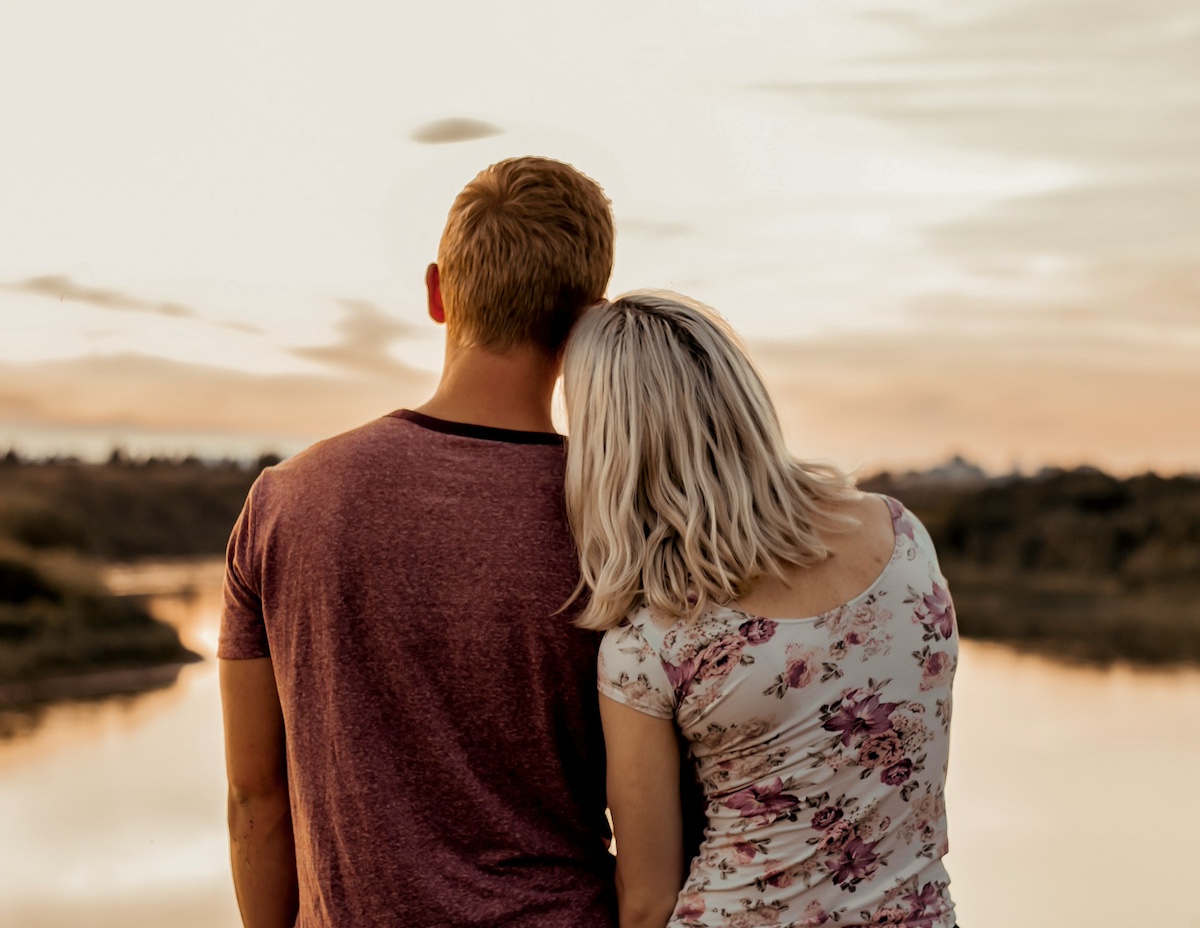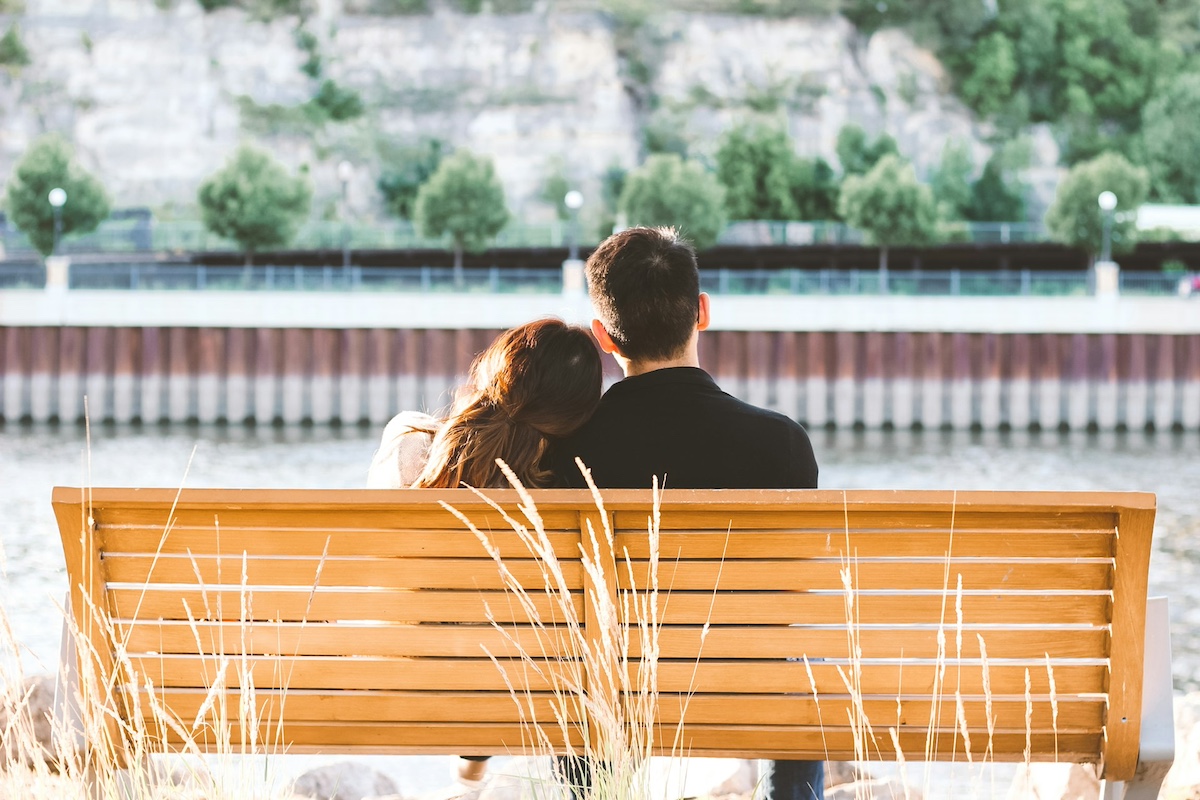First dates happen in physical spaces that shape conversation, comfort levels, and memory formation. The location you choose determines how you and your date interact, what you talk about, and how long you stay. Coffee shops provide quick exits. Museums create natural walking patterns. Cooking classes force collaboration. Each venue type carries specific advantages and limitations that directly affect dating outcomes.
Coffee Shops and Their Predictable Benefits
Coffee shops remain the default choice for first meetings because they work. The Cavalier Daily’s April 2025 guide points to Grit Coffee and MarieBette Café as examples of venues that reduce nerve levels through familiar routines and ambient noise. People know how coffee shops function. You order drinks, find seats, and talk. The daylight hours and public setting add safety elements that matter for initial meetings.
The format allows either person to leave after thirty minutes or extend the date for hours. Menu prices stay low, removing financial pressure. Background noise from other customers creates privacy through obscurity. The Cavalier Daily emphasizes that venue selection “sets the tone for the entire date,” and coffee shops set a tone of accessibility and ease.
Museums as Conversation Scaffolding
Museums solve the dead air problem. Classpop’s 2025 Romantic Date Ideas list identifies museums as venues that generate talking points through exhibits. You walk, stop, look at something, and comment. The structure eliminates awkward silences while allowing genuine conversation to develop between viewing points.
Art museums, science centers, and history exhibits each attract different personality types, making venue selection a compatibility test. Someone who suggests a modern art museum sends different signals than someone who picks a natural history museum. The walking component keeps energy levels steady and prevents the trapped feeling that fixed seating creates.
When Age Gaps Shape Venue Selection
Age differences between partners influence venue preferences in specific ways. Someone dating an older partner might gravitate toward quieter wine bars or art galleries, while those dating younger partners often lean toward arcade bars or outdoor festivals. People dating a sugar daddy frequently prefer upscale lounges or private dining rooms that offer both sophistication and discretion. Similarly, those dating professors or executives might choose bookshop cafés or jazz clubs that align with their partner’s professional culture.
The key lies in finding a middle ground that respects both partners’ comfort zones. A 25-year-old dating someone in their forties might skip the college sports bar for a craft cocktail lounge that satisfies both parties’ social expectations. Age-gap couples report success with venues that focus on shared activities rather than generational markers. Cooking classes, wine tastings, and museum visits work well because they center on mutual interests rather than age-specific cultural references.
Outdoor Spaces and Weather Dependencies
Parks, gardens, and outdoor movie screenings offer visual stimulation and movement options. MillionaireMatch’s “Top First Date Ideas for 2025” describes botanical gardens and arboretums as spaces that “provide a serene and romantic setting.” The natural environment reduces restaurant noise and creates conversation topics through plant identification, seasonal changes, and wildlife sightings.
Cost flexibility makes outdoor venues accessible. Public parks charge nothing. Botanical gardens typically request modest admission fees. The informal atmosphere removes dress code concerns and allows comfortable clothing choices. Weather becomes the primary limitation, requiring backup plans for rain, extreme heat, or cold conditions.
Shared Tasks in Workshop Settings
Cooking classes, pottery studios, and painting workshops restructure first date dynamics. MillionaireMatch’s 2025 guide states that “A cooking class is a fantastic way to break the ice and create something delicious as a team.” The shared activity provides continuous interaction without forced eye contact or constant conversation pressure.
These venues reveal personality traits through action. How someone handles kitchen mistakes, artistic frustration, or instruction-following shows character elements that conversation alone might hide. The end product creates a tangible memory and potential inside joke for future reference.
Night Venues and Social Lubricants
Karaoke lounges operate on controlled vulnerability. Private booths balance intimacy with playfulness. Cozymeal’s “71 Fun First Date Ideas to Break the Ice in 2025” notes that these venues guarantee mild embarrassment for both parties, which accelerates bonding through shared discomfort.
Speakeasies and themed bars add exclusivity elements. Many require passwords, advance reservations, or hidden entrances. These details create shared secrets and story potential. Limited seating and intimate lighting schemes facilitate close conversation while maintaining public safety aspects.
Restaurant Selection Parameters
Restaurant choice involves multiple variables beyond food quality. Gentleman’s Gazette warns against overly noisy venues and intimidating upscale establishments. Casual bistros, wine bars, and dessert shops provide flexibility and approachability. The publication states that “cafés, bakeries, coffee, and dessert or wine bars might also be good options for first dates and be fun in a different way.”
Menu variety matters for dietary restrictions and preferences. Noise levels affect conversation quality. Table spacing determines privacy levels. Lighting influences mood and photo opportunities. Price points send signals about expectations and financial attitudes.
Location Logistics and Safety Protocols
Central locations reduce travel stress and demonstrate consideration for both parties’ convenience. Well-lit areas with pedestrian traffic provide security without sacrificing intimacy. The Cavalier Daily and other sources emphasize venues with easy exit routes for situations lacking chemistry.
Public transportation access broadens venue options for non-drivers. Parking availability affects arrival stress and departure timing. Neighborhood safety ratings influence comfort levels, particularly for evening dates. These practical considerations often override romantic preferences.
Emerging Venue Categories
Pop-up events and immersive dining concepts gained traction in 2025. Cozymeal and local publications track murder mystery dinners, escape rooms, and interactive art installations as date venues. These temporary or rotating options add novelty but require advance planning and schedule flexibility.
Hybrid spaces combining café, gallery, and event programming offer multiple date extensions within single venues. A coffee meeting can transition to a gallery viewing, then an evening music performance. This flexibility allows dates to develop organically based on chemistry levels.
Practical Execution Strategies
Venue proposals should include options rather than single suggestions. Asking about dietary preferences, mobility considerations, and activity comfort levels shows respect and planning capability. Booking requirements vary by venue type, with some workshops and experiences needing weeks of advance notice.
Professional sources recommend avoiding venues with loud live music unless both parties specifically request musical events. Mutual territory selection prevents home court advantages and maintains equality. Budget discussions, while uncomfortable, prevent mismatched expectations and financial strain.
First date venue selection requires balancing multiple factors: conversation potential, safety, comfort, shared interests, and practical logistics. The 2025 sources cited here converge on venues that reduce pressure while increasing interaction quality. Coffee shops, museums, outdoor spaces, activity venues, and carefully chosen restaurants each serve specific dating goals and personality combinations. Success comes from matching venue characteristics to both parties’ preferences rather than following rigid formulas or trend chasing.













